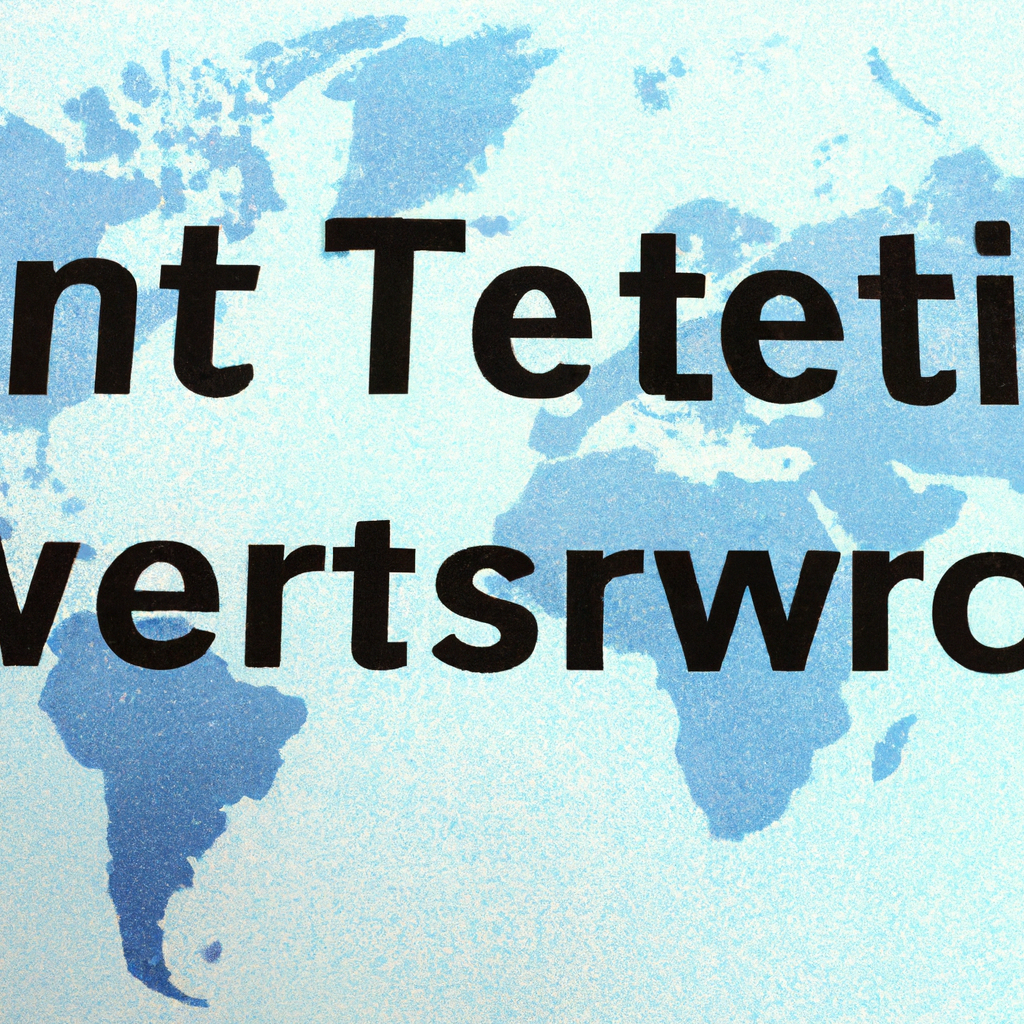
How to Invest in International ETFs: A Beginner’s Guide
How to Invest in International ETFs
Investing in international exchange-traded funds (ETFs) can be a great way to diversify your portfolio and gain exposure to foreign markets. Here are some steps to help you get started:
1. Choose a Brokerage Account
The first step in investing in international ETFs is to open a brokerage account. Make sure to choose a brokerage that offers a wide range of international ETFs and has low fees. Some popular options include Vanguard, Charles Schwab, and Fidelity.
2. Research International ETFs
Before investing in any international ETFs, it’s important to do your research. Look into the countries and regions the ETFs focus on, as well as the companies and industries they invest in. Consider factors such as political stability, economic growth, and currency risk.
3. Determine Your Investment Strategy
Decide how much of your portfolio you want to allocate to international ETFs and what your investment goals are. Are you looking for long-term growth, income, or a combination of both? Make sure your investment strategy aligns with your risk tolerance and financial goals.
4. Purchase International ETFs
Once you’ve done your research and determined your investment strategy, it’s time to purchase international ETFs. You can buy ETFs through your brokerage account just like you would buy individual stocks. Make sure to pay attention to the ETF’s expense ratio, liquidity, and trading volume.
5. Monitor Your Investments
After you’ve invested in international ETFs, it’s important to regularly monitor your investments. Keep track of how your ETFs are performing compared to their benchmarks and make adjustments to your portfolio as needed. Consider rebalancing your portfolio periodically to ensure it remains aligned with your investment goals.
Investing in international ETFs can be a rewarding way to diversify your portfolio and potentially achieve higher returns. By following these steps and staying informed about global markets, you can make informed decisions about your investments and build a well-rounded investment portfolio.

